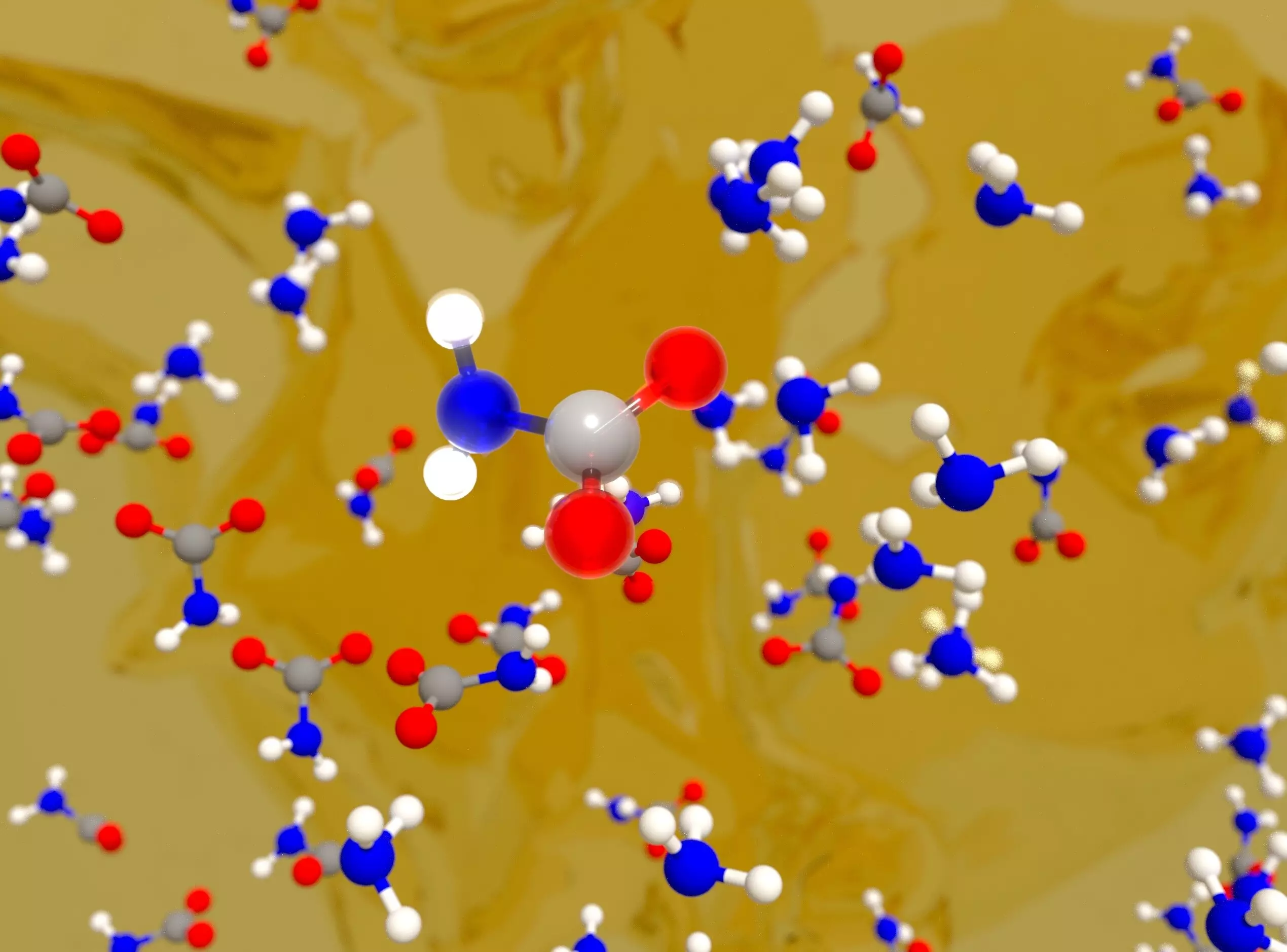In the face of escalating climate change challenges, the urgency to develop effective carbon capture technologies has never been more pronounced. A collaborative effort by a team of scientists at the Lawrence Livermore National Laboratory (LLNL) has yielded a groundbreaking machine-learning model that promises to provide an atomic-level comprehension of how carbon dioxide (CO2) is captured using amine-based sorbents. This innovation arrives at a critical time when the U.S. energy landscape continues to rely predominantly on fossil fuels, with projections indicating that by 2050, a significant portion of energy production will still derive from non-renewable resources. The persistent dependence on these energy sources highlights a pressing necessity to not only innovate new renewable energy technologies but to simultaneously enhance existing methods of capturing and sequestering CO2 emissions.
Amine-based sorbents have gained traction as promising agents capable of capturing CO2, even in ultra-dilute atmospheres. These materials operate through a mechanism that allows them to bind CO2 efficiently, making them a focal point in the quest for effective Direct Air Capture (DAC) technologies. One of the most compelling attributes of these sorbents is their cost-effectiveness, which has paved the way for numerous companies to scale up and implement DAC methods as part of their sustainability strategies to combat global warming.
However, the scientific community still grapples with substantial knowledge gaps surrounding the chemistry involved in CO2 capture, especially under conditions that closely mimic real-world scenarios. The research team at LLNL sought to address these challenges using an innovative approach that leverages machine learning to better understand the underlying chemical processes.
Machine Learning in Chemistry
The research unveiled by the LLNL team revolves around the formation of a carbon-nitrogen bond between the amino groups in amines and CO2, revealing a sophisticated interplay of solvent-mediated proton transfers that are indispensable for creating stable CO2-bound species. These findings underscore the intricate nature of CO2 capture reactions, which are significantly impacted by the quantum behaviors of protons. Marcos Calegari Andrade, the lead author of the study published in the journal Chemical Science, pointed out that their machine learning-focused methodology can be adapted to various amines with differing chemical structures. This adaptability emphasizes a pivotal role that machine learning can play in advancing our understanding of fundamental chemical interactions in CO2 capture processes.
The combined use of grand-canonical Monte Carlo simulations and enhanced sampling methods in molecular dynamics by the researchers has been a game changer. They have managed to derive quantities that are directly applicable and measurable in laboratory settings, bridging the gap between theoretical research and practical experimentation. This innovative combination allows scientists to establish a feedback loop between experimental results and computer simulations, ushering a new era in carbon capture research.
The implications of this research extend well beyond the current findings. By intertwining machine learning with advanced simulation techniques, the LLNL team has forged a powerful tool to decode the mechanisms behind CO2 capture. According to co-corresponding author Sichi Li, this research transcends traditional methods, offering a new blueprint for validating CO2-capture theories with empirical observations. Furthermore, it also paves the way for the design and development of next-generation materials, which are essential for achieving net-zero greenhouse gas emissions.
The advancements made by the LLNL team represent a critical leap toward enhancing our understanding of CO2 capture mechanisms, providing an invaluable resource for future studies. As the global community continues to grapple with the urgent task of tackling climate change, the effective application of machine learning promises to transform our approach to carbon capture, ultimately contributing to a sustainable and climatically stable future.

